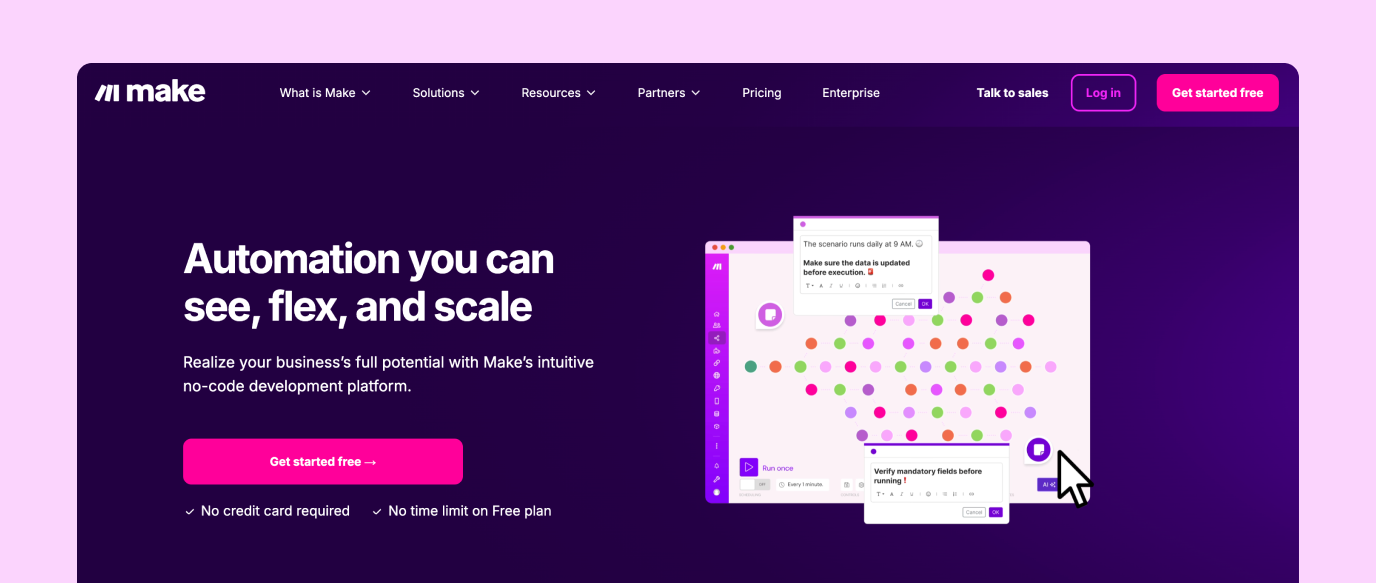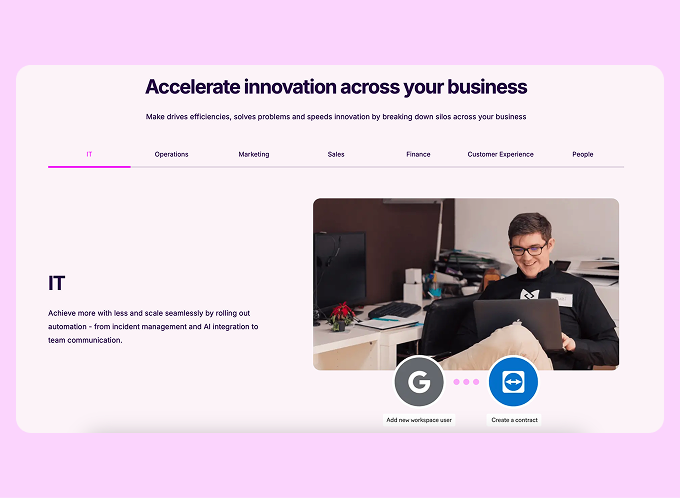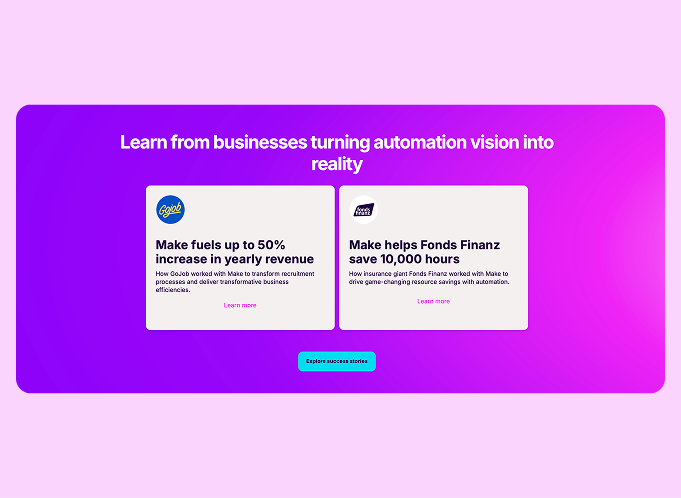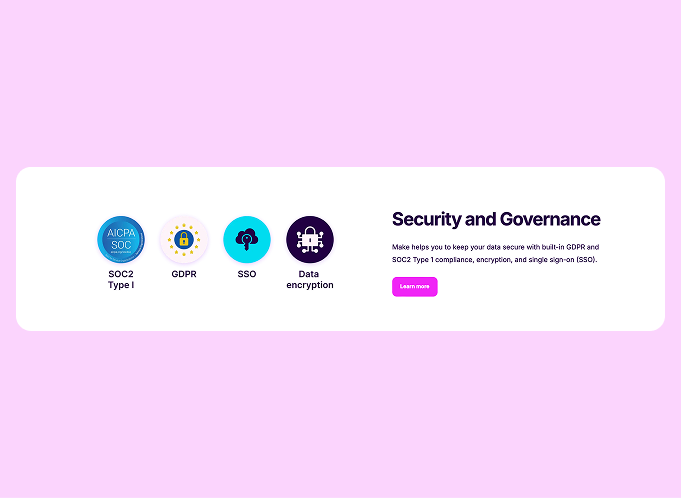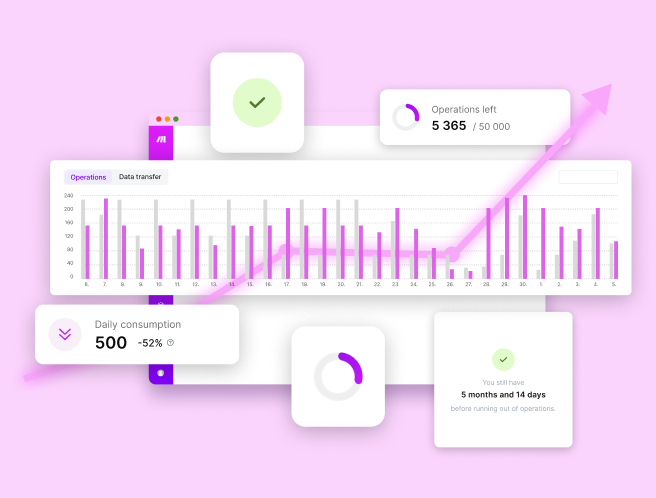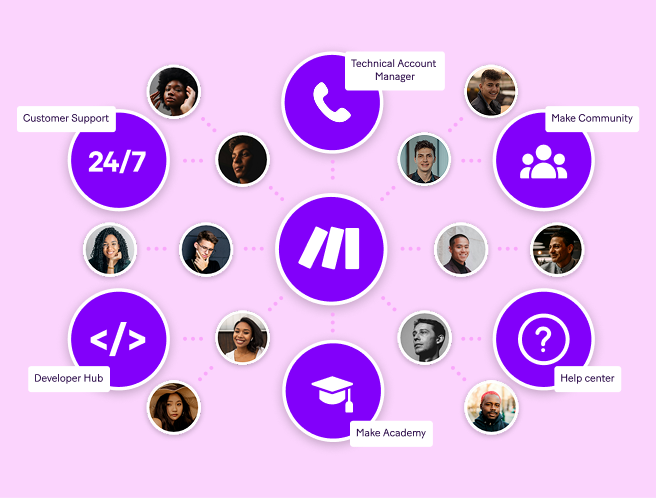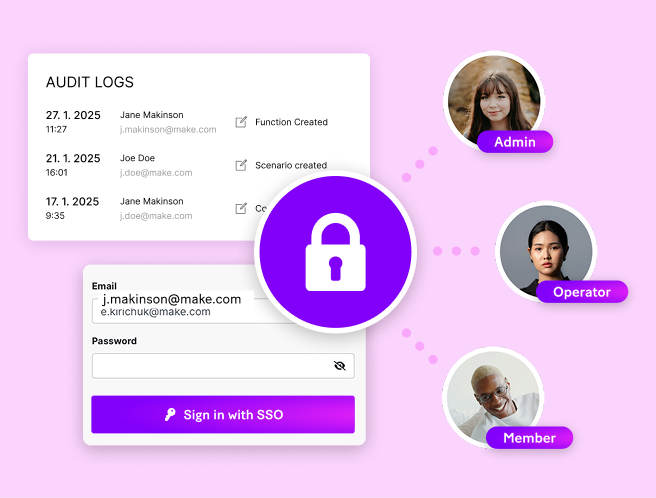TL;DR
The old website struggled to engage the target audience and lacked a clear value proposition, so the team redesigned key pages with improved messaging improved messaging, visuals, and interactive elements, resulting in a 73% increase in engagement, a 1.81% boost in sign-ups, and improved navigation clicks.
Team
Designer, Developers, Product Managers, Marketing Team
My Role
UX/UI Design, Motion Design, User Research
Goals
Improve engagement, clarify messaging, enhance UI/UX, and optimize for conversions
Timeline
3 months (Research, Design, Testing, Implementation)
